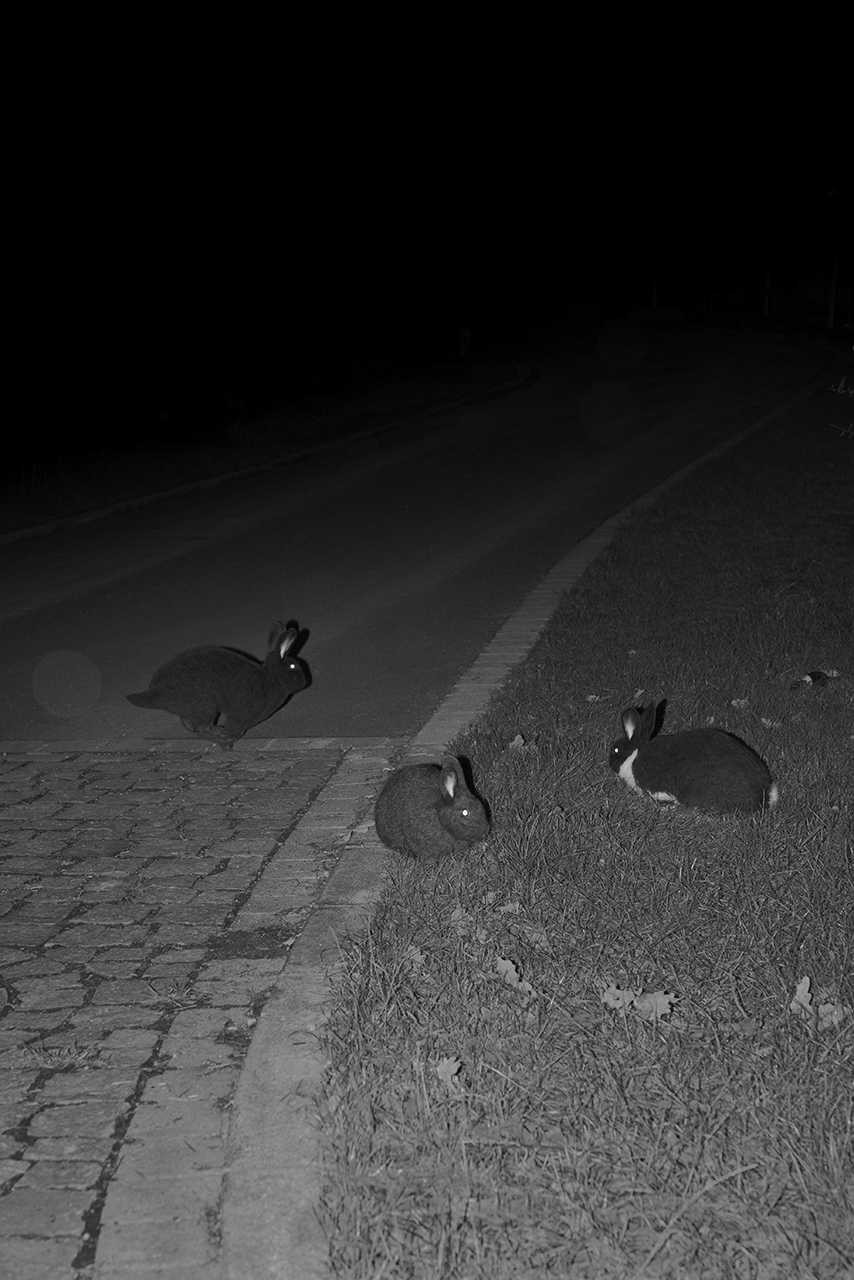

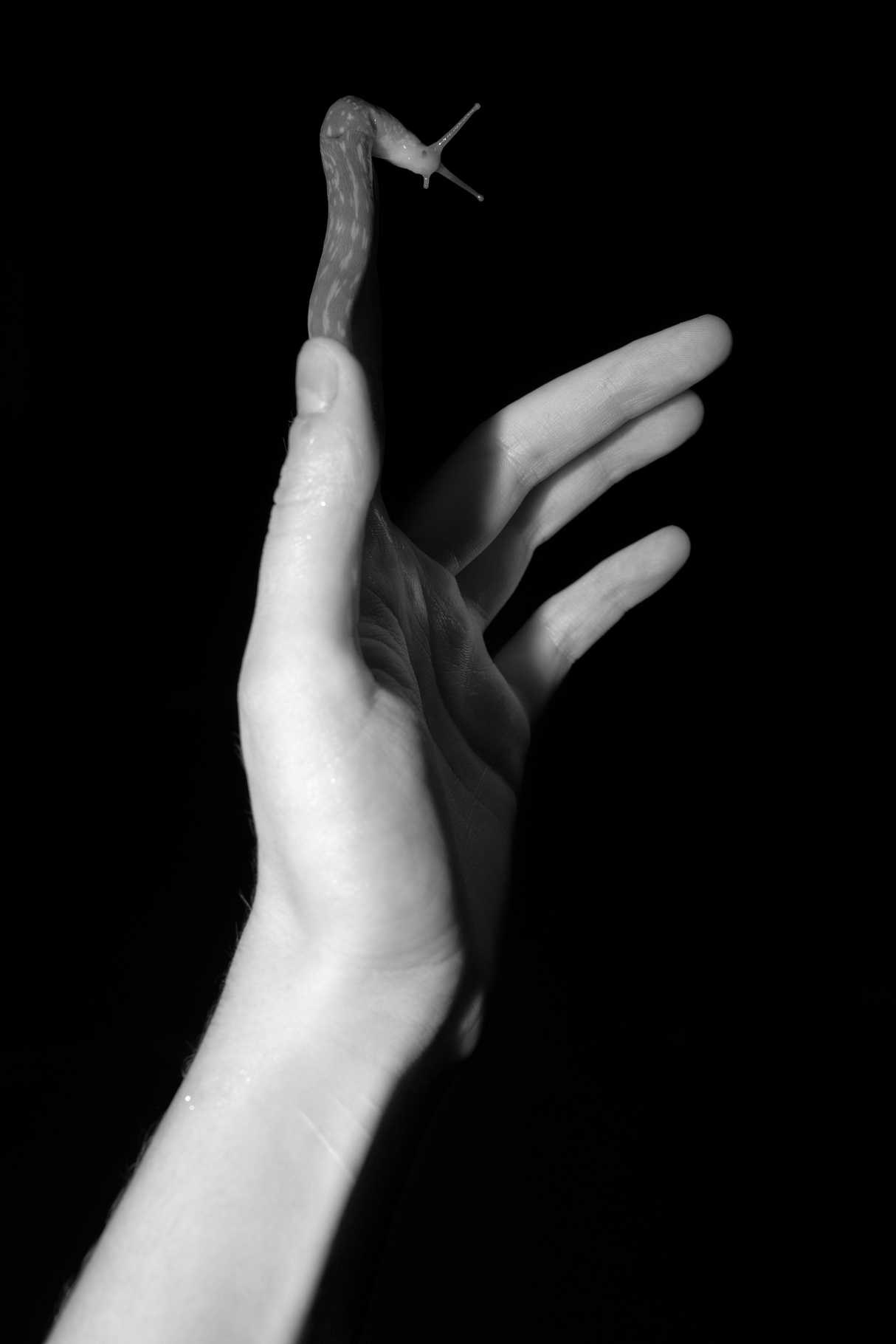
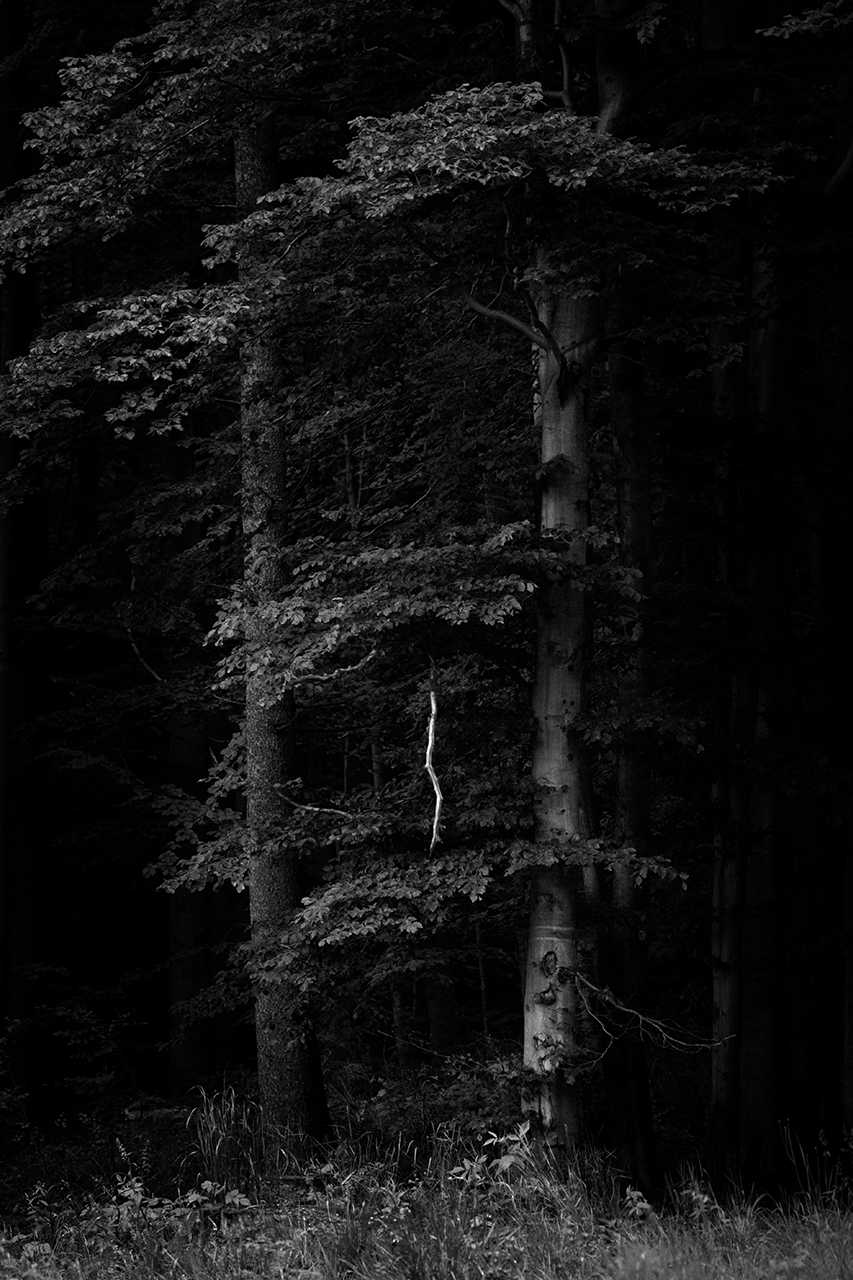
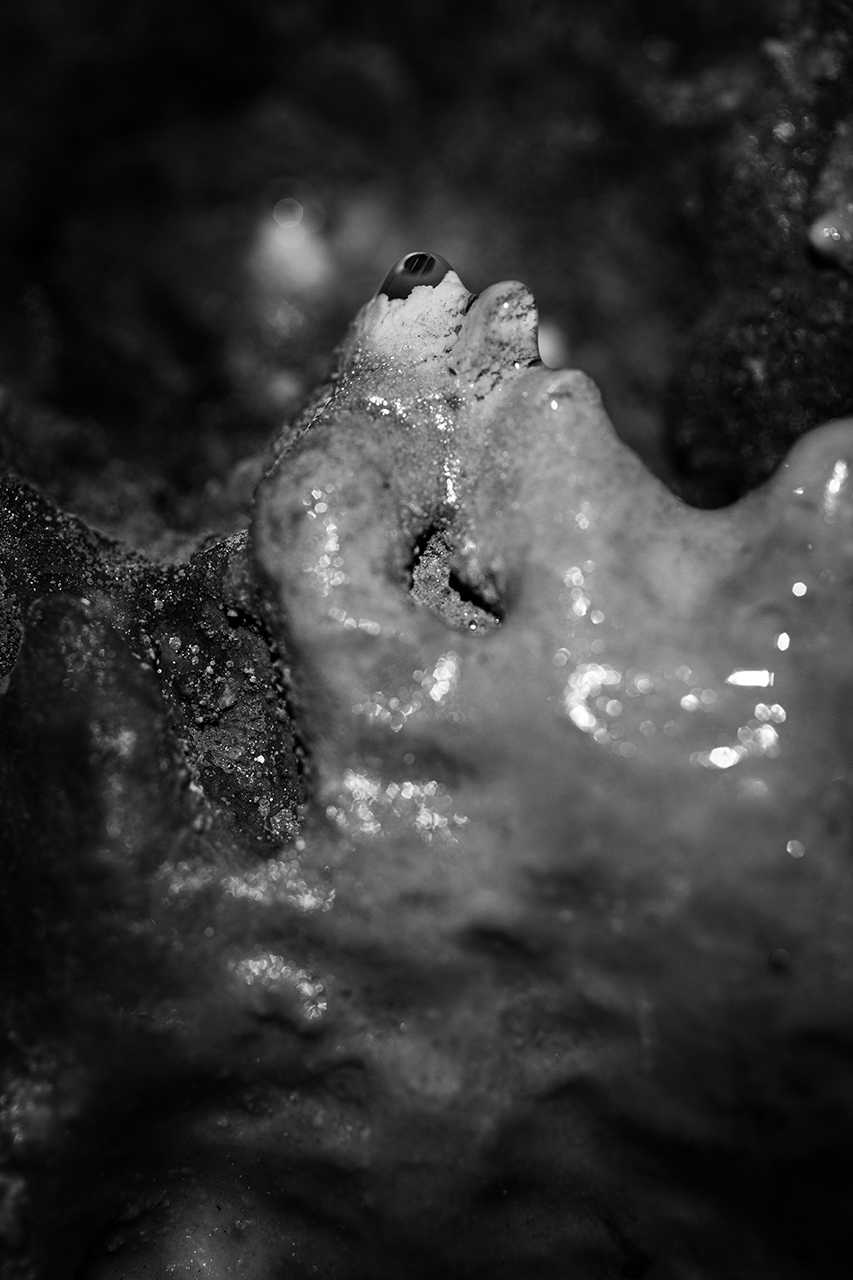

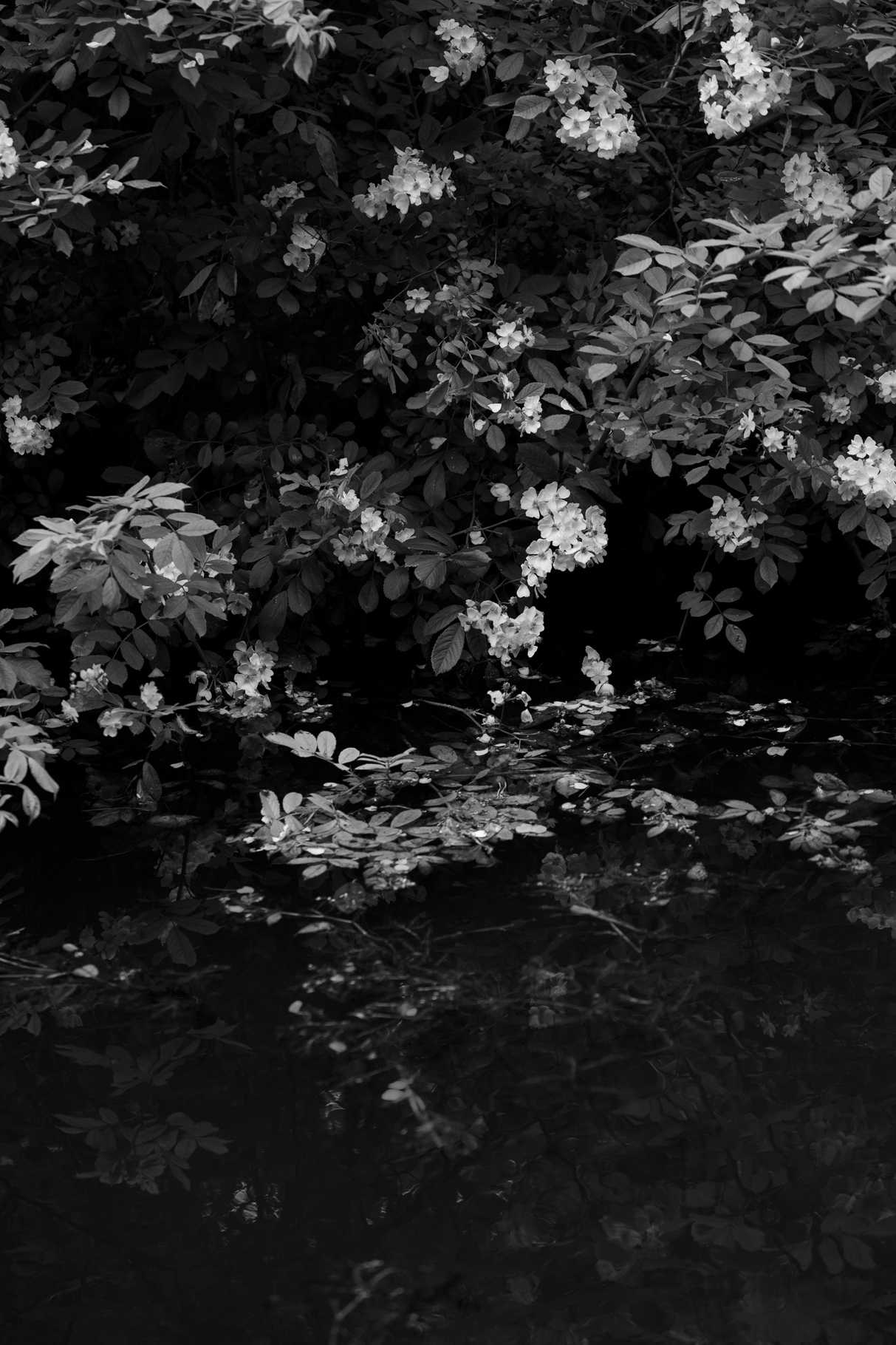

Linda Zhengová
AUGURY
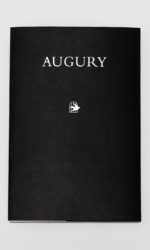
Softcover, 6.3 x 9.25”, 120 pages
€55
AUGURY is the title of a collaborative photobook created by two photographers – Elena Helfrecht (b. 1992, Germany) and Teri Varhol (b. 1986, Czechia). Inside, they combine their series ‘The Swallow’ and ‘The Cage’ which portray their individual journeys across Europe, transcending the realms of time and space, providing their escapist view of reality during the lockdown period in 2020 and 2021. AUGURY presents landscapes and natural phenomena in a mysterious way through their use of purely black-and-white imagery and light composition.
In order to get to know more about their joint publication, we sat together with the artists to ask about their collaboration and ways of working.

How did the collaboration start in the first place?
We met each other in London, where we also lived during that time, but when the pandemic started in 2020, Teri went to visit her family in Prague and got stuck there for several months, whilst Elena was isolated in London. We then started to photograph our surroundings in relation to the internal processes we observed during that time.
As another means of communication, we simultaneously began exchanging images on the platform stayathome.photography, which was initiated by Jana Wernicke and Jonas Feige. This visual exchange provided the impetus for our joint book project with Antics Publications, as it soon developed into a visual language of its own, and we came to identify various parallels in our individual photographic diaries. Our visual signs and symbols connected with each other immediately and wove themselves into a completely new narrative that always revolved around the same issues: the sudden reversal of inside and outside, the notions of home and belonging, the idea of the numinous, and the question of man’s place within nature (and vice versa).

Could you please elaborate on your choice of title?
Since ancient times, winged creatures have been considered a symbolic manifestation of the soul and were often associated with the spiritual and the supernatural. Within the so-called auspices, augurs in ancient Rome interpreted the behaviours of birds, in particular, to predict the will of the gods and seek their approval before making important decisions. This practice is commonly referred to as ‘Augury’.
Birds (or their significant absence) have manifested as a central symbol, a red thread, throughout the book. And like migratory birds, we were both drawn back to our respective homelands and nature during this period of crisis: Teri to Prague and the Jeseníky Mountains (and later briefly to the Alps), Elena back to the Fichtel Mountains.
AUGURY is inspired by the 19th-century concept of a thaumatrope – an optical illusion consisting of a disk with a picture on each side attached to two pieces of string. When spun, the two pictures start to blend together due to the persistence of our vision. Do you see this concept as a reflection of how your images blend in together or also more conceptually, perhaps, how the days during the pandemic became indistinguishable, blurring time and space?
Yes, this definitely plays a significant role in our book. Like in the thaumatrope, our worlds, which are actually geographically distant from each other, grow together into a single allegorical place, just like our reality at that time, when the days, weeks, and months, the days and nights, merged into a single, seemingly inseparable temporal unit. The book can be opened and read from both sides: there is neither a beginning nor an end, just an endlessly repeating cycle. The bird and the cage, arguably the most known motifs of the thaumatrope, appeared as important symbols throughout the book. There is also this notion of something new emerging from constant repetition, as during that time we mainly walked within the same constraints, strolling not too far, and often discovered the strange within the familiar.
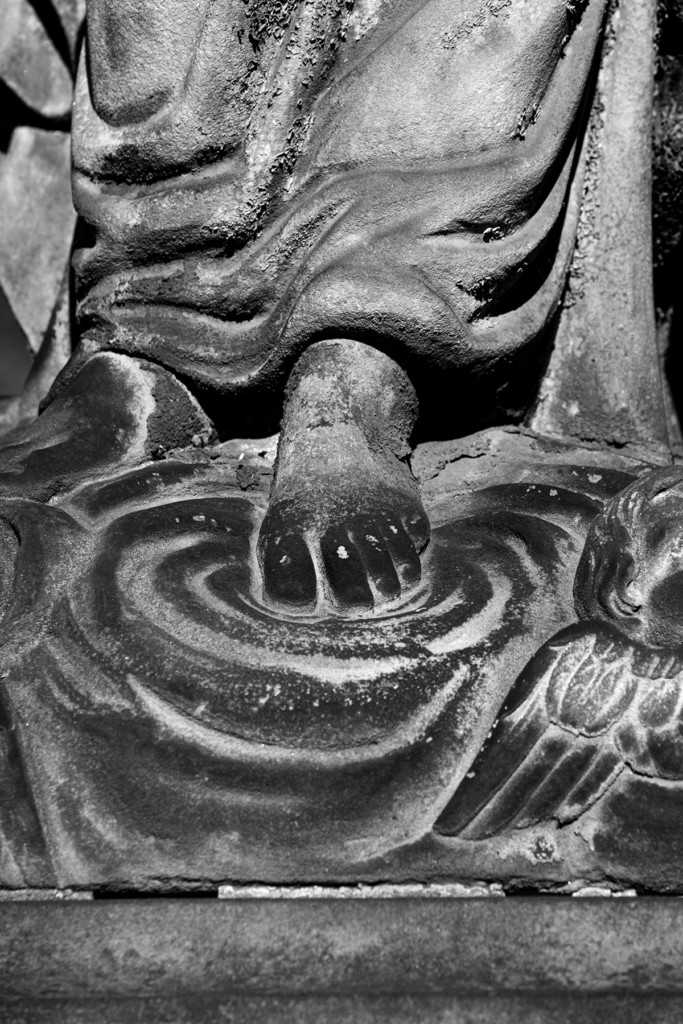
“(…) our worlds, which are actually geographically distant from each other, grow together into a single allegorical place, just like our reality at that time, when the days, weeks, and months, the days and nights, merged into a single, seemingly inseparable temporal unit.”
In AUGURY, you merge four different spaces together, London, the Alps, the Jeseníky Mountains, and the forests of Bavaria. The viewer cannot really distinguish between the spaces, they are blended instead. How then did you approach the notion of space in this publication?
We approached space and reality as an individual perception instead of a shared truth. It was essential for us to create something new, to deviate a little from the reality we are used to. Somehow, this alternative dimension, this place that only exists within the book, became something like a safe haven for us, a place of wonder, to which we also want to invite the reader. Equally, it was a way for us both to connect in a time when we weren’t able to physically see each other. I think the whole process of working on the book has brought us closer together, which is also reflected in the images and the sequencing.
Since you are both based in Europe and Antics Publications between the USA and Colombia, how was it working together on a printed publication at a distance?
It’s funny to think we have never met in person altogether. We do hope we can still catch up on that one day, though! The time differences and the occasionally patchy internet connection were sometimes challenging, but in the end, it all worked out fine as we trusted each other. It was a very interesting experience to work together whilst being separated in our own rooms.
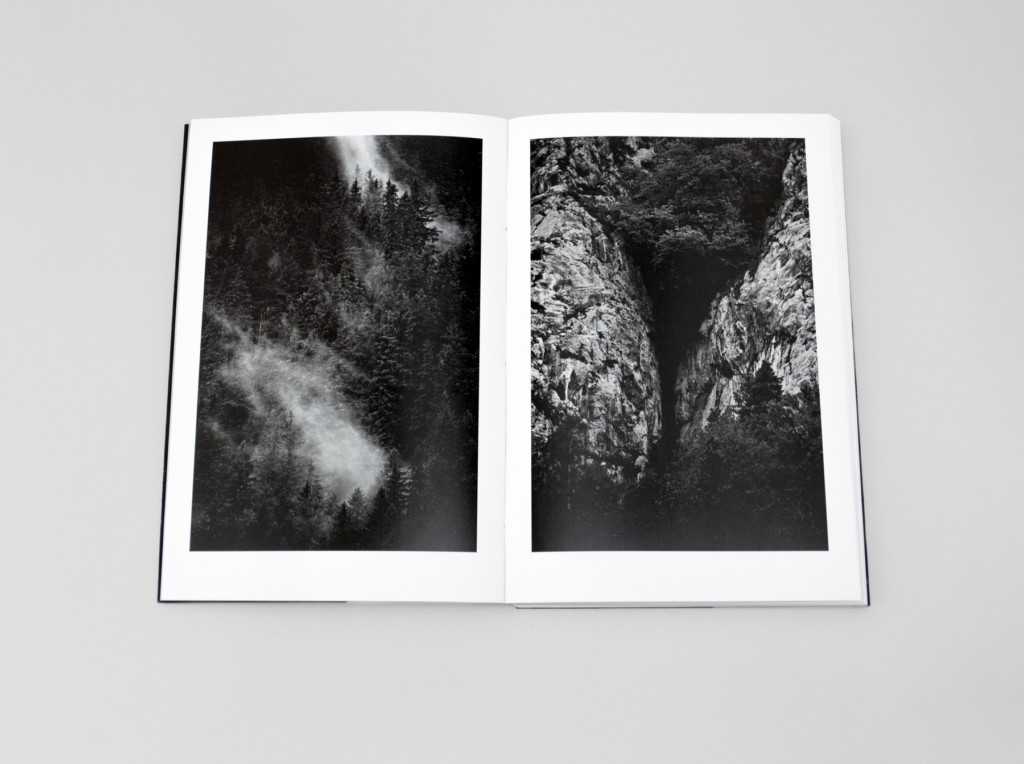
“What seems opposite to each other at first, merges in the end.”
In terms of sequencing, did you exchange images together or did you work independently and then connected the materials afterward?
The sequencing was a process of constant exchange, but in-between our calls we also worked on our individual sequences and helped each other. Pablo and Mateo from Antics Publications were really visionary in that regard and have essentially turned the book into what it is today. They have seen visual connections to which we were blind at first. It was a fun challenge to ‘mirror’ our two sequences in a way, so they connect with each other and still make sense on their own, all while drawing connections between patterns and motifs, and extending each side’s narrative.
Your black-and-white photographs place light in the centre, giving them a mystical touch. Overall, you both tend to play with symbolism, metaphors, and the boundary between real and imagined. What would you like the reader to take from your book?
Light, structure, and texture, which are of course emphasized by removing colour, are essential and recurring aspects in both our practices. And this inherent duality, light and darkness, black and white, as well as the spaces in between, also play a significant role within the narrative of the book. What seems opposite to each other at first, merges in the end. Ultimately, the bird and the cage are two flip sides of the same coin.
The book is an open invitation to this new dimension we created. It reflects a walk through a familiar and at the same time foreign territory. But in the end, it is up to the reader what they discover there.
AUGURY is available for pre-order here. For European orders, you can pre-order your copy at ARTIBOOKS here.
Collector’s edition with two prints available to order here.

Elena Helfrecht’s work revolves around the inner space and the phenomena of consciousness, emerging from an autobiographical context and opening up to the surreal and fantastic, at times grotesque. Interweaving memories, experiences, and imagination, she creates inextricable narratives with multiple layers of meaning, characterised by visceral iconography. Her work has been exhibited and published internationally. Among others, she has been nominated for the FOAM Paul Huf Award and was a joint runner-up at the BJP International Photography Award in 2021.
Teri Varhol is a Czech artist working predominantly with photography and video. She graduated from the studio of Intermedia at the Faculty of Fine Arts in Brno and currently resides in London, UK. Her main interest lies in exploring unnameable and unacknowledged parts of the psyche – its hidden abilities, patterns, and oblique areas where reason and science still struggle to penetrate, where boundaries of reality blur, other realms collide, and the unexpected rises. Among others, she exhibited at DOX in Prague and was selected as one of BJP’s Female in Focus 2021 artists.
Antics Publications is a house-based publisher in Brooklyn, New York, and Bogota, Colombia, founded in 2018. Primarily focused on photography, Antics Publications balances the work of new and well-established photographers to create an inclusive and open photography community to keep creativity and inspiration thriving. Antics Publications also works with artists in other mediums bringing their work to print, with the same goal of creating a supportive artistic community.